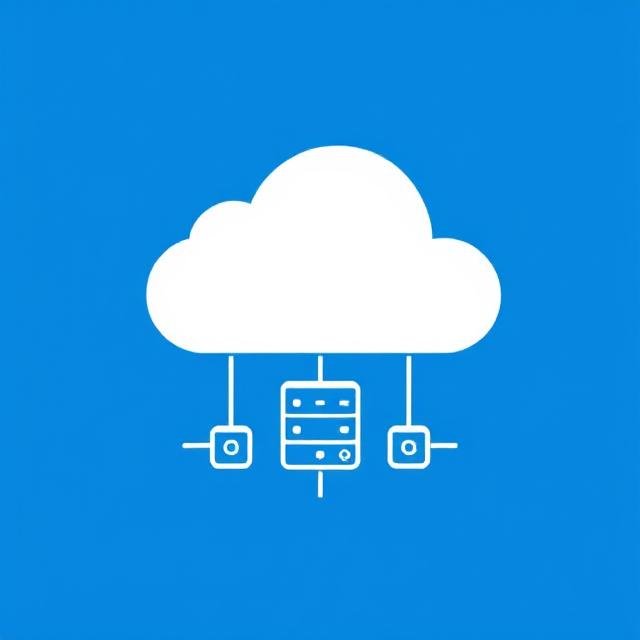Improve Phishing Detection With SLAM Method

Improve Phishing Detection With SLAM Method
Phishing has consistently topped the list of cybersecurity threats for decades because it exploits the weakest link in any security system: human error . It serves as the primary delivery mechanism for ransomware, credential theft, database breaches, and other malicious attacks. Scammers continually adapt their tactics, leveraging advancements like AI to craft more convincing and personalized phishing attempts.
The numbers speak for themselves:
- In May 2021 , phishing attacks surged by 281% , followed by another spike of 284% in June 2021.
- Despite regular security awareness training, studies show that phishing detection skills decline significantly within just 6 months after training.
This drop-off in retention highlights the need for simple, memorable tools to help employees consistently identify phishing attempts. One such tool is the SLAM method , a straightforward framework designed to improve phishing detection and reinforce training.
What is the SLAM Method for Phishing Identification?
Phishing attacks are designed to deceive users into revealing sensitive information, downloading malware, or clicking malicious links. To combat this growing threat, the SLAM method provides a simple, memorable framework for identifying phishing attempts. SLAM is an acronym that stands for four critical areas of an email to evaluate before trusting it:
S = Sender
The first step is to verify the sender’s email address. Scammers often use spoofed or look-alike email addresses to mimic legitimate organizations. For example:
- A fake email might appear to come from
support@bankofamerica.com, but upon closer inspection, the domain could be something like@emcom.bankofamerica.comor@bank-of-america-support.com.
To confirm legitimacy:
- Check the sender’s email address carefully for misspellings or unusual domains.
- Perform a quick online search of the email address to see if any scam warnings appear.
For instance, searching for the suspicious email address in the example above quickly reveals it as a known phishing attempt.
L = Links
Links are a common tool used in phishing emails because they can bypass traditional antivirus/anti-malware filters. These links may lead to malicious websites designed to steal credentials or deliver malware.
To safely evaluate links:
- On a computer : Hover over the link (without clicking) to preview the URL. Ensure the destination matches what’s expected. For example, a link claiming to lead to your bank’s website should not redirect to an unfamiliar domain.
- On mobile devices : Since hovering isn’t possible, avoid clicking links altogether. Instead, manually visit the official website by typing the URL directly into your browser.
A = Attachments
File attachments remain a popular vector for phishing attacks. Malicious files may be disguised as harmless documents, such as Word files, PDFs, or ZIP archives. Even seemingly safe formats can now harbor malware.
To stay safe:
- Never open unexpected or strange file attachments.
- Use antivirus/anti-malware software to scan all attachments before opening them.
- Verify the context: Was the attachment expected? Does it make sense given the sender and message content?
M = Message Text
Phishing emails often contain subtle clues in the message text that reveal their fraudulent nature. Look for:
- Urgency or fear-based language : Messages pressuring you to act immediately (e.g., “Your account will be suspended!”).
- Grammar and spelling errors : Scammers frequently make mistakes that legitimate organizations wouldn’t.
- Generic greetings : Emails from trusted companies usually address you by name, while phishing emails may use generic terms like “Dear Customer.”
In the example provided earlier, the phrase “We confirmation that your item has shipped” contains a grammatical error—a red flag that the email is likely fake.
Why SLAM Works
The SLAM method simplifies phishing detection by breaking it down into four actionable steps. By focusing on specific elements of an email—Sender , Links , Attachments , and Message text —users can systematically evaluate its legitimacy without needing advanced technical knowledge.
Additionally, the acronym itself is easy to remember, making it a valuable tool for reinforcing training. Employees can mentally “SLAM the door” on phishing attempts by running through the checklist whenever they encounter a suspicious email.
Benefits of Using SLAM
-
Improves Detection Skills
The structured approach helps users identify phishing emails more effectively, reducing the risk of falling victim to scams. - Encourages Consistency
By using the same framework every time, employees develop a habit of scrutinizing emails, even months after training. - Reduces Successful Attacks
When phishing attempts are consistently identified and reported, organizations experience fewer breaches and data losses. - Complements Security Tools
SLAM works alongside email filtering and antivirus software to create a layered defense against phishing threats.
How to Implement SLAM in Your Organization
-
Integrate SLAM into Training
Teach employees the SLAM method during security awareness sessions. Use real-world phishing examples to demonstrate how each step applies. - Conduct Simulated Phishing Tests
Send mock phishing emails and encourage employees to apply SLAM to evaluate the messages. Provide feedback and reinforcement for correct behavior. - Create Visual Reminders
Display posters, desktop wallpapers, or email signatures summarizing the SLAM method to keep it top-of-mind. - Reward Vigilance
Recognize and reward employees who successfully identify and report phishing attempts using SLAM. Positive reinforcement fosters ongoing vigilance.
Get Help Combatting Phishing Attacks
While awareness training and tools like SLAM are essential, technical defenses like email filtering, anti-phishing software, and endpoint protection are equally important. Combining these measures creates a robust defense against phishing threats.
If you’re looking to enhance your organization’s phishing defenses or need help implementing SLAM and other security strategies, contact us today . Together, we can protect your business from costly phishing attacks.





